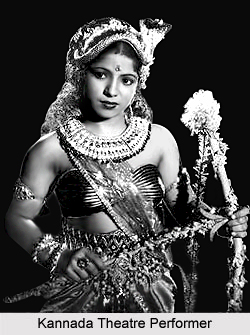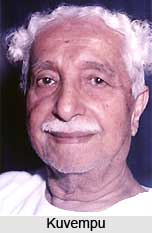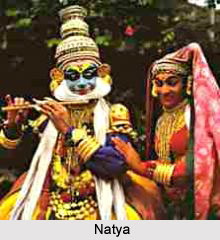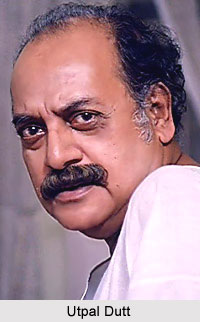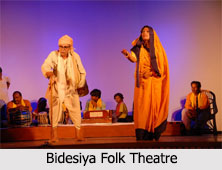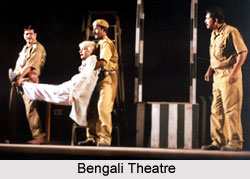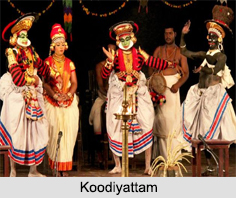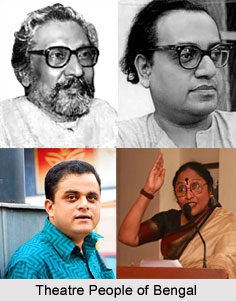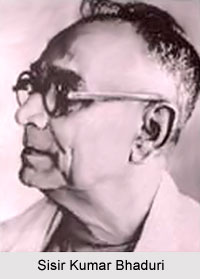 Sisir Kumar Bhaduri was born in the year 1889. He was a talented actor and very good director. Irrespective of partisan views, his successors see him as the first director in modern Indian theatre. He is one of the pioneers of Bengali theatre.
Sisir Kumar Bhaduri was born in the year 1889. He was a talented actor and very good director. Irrespective of partisan views, his successors see him as the first director in modern Indian theatre. He is one of the pioneers of Bengali theatre.
Early Life of Sisir Kumar Bhaduri
Born in Haora, Sisir Kumar Bhaduri, revealed acting talent during his college days. He was especially recognized in show at the University of Calcutta. In 1921, he left his job as Lecturer in English at Metropolitan College, Kolkata, to make his professional stage debut in the title role of Kshirod Prasad Vidyavinod`s Alamgir produced by the Madan Company at Cornwallis Theatre.
Life in Theatre for Sisir Kumar Bhaduri
Other performances with them can be mentioned as in 1922 he did the role of hero in Vidyavinod`s Raghubir and Chanakya in Dwijendra Lal Roy`s Chandragupta and thus consolidated his stature as Bengal`s leading actor. As a result of differences, he soon terminated his assignment with the Madans and briefly worked in films, co-directing and acting in the silent "Andhare alo" or `The Influence of Love` in 1922. This was a romantic triangle.
In 1923, he produced Roy`s Sita, the overwhelming success of which induced him to set up his own troupe, Natyamandir, at Alfred Theatre with Manilal Ganguli`s Basantalila i.e. Spring`s Miracles` in 1924. The same year, Natyamandir shifted to Manomohan Theatre with Jogesh Chaudhuri`s Sita which, along with Aparesh Mukhopadhyay`s Karnarjun or `Kama and Arjun` in 1923 at the Art Theatre, marked the beginning of a new Bengali theatre. Bhaduri ignored the wings and orchestra pit, and the artist Charu Roy pioneered realistic three-dimensional sets and perspective lighting. Bhaduri`s next ventures included D. L. Roy`s Pashani i.e. `Woman of Stone` in 1924 and Girish Ghosh`s in 1925. He not only created a group of refined and naturalistic actors, but also attracted intellectuals, who in turn assured him the best publicity they could offer by writing on him and campaigning in his favour. They took theatre in a respectable position. Bhaduri converted Natyamandir to a limited company in 1925 and moved to the Cornwallis stage, where he produced Rabindranath Tagore`s Bisarjan i.e. `Immersion` in 1926. Curiously enough, despite his meticulous productions, good taste, and artistic sensibility, he returned to try and test plays, of which Ghosh`s Pandaber ajnatabas or `Pandavas` Incognito Exile`, Praphulla, Balidan or `Sacrifice`, and Bilwamangal, and Roy`s Shahjahan had a modicum of success because of his own acting abilities. Vidyavinod`s Naranarayan i.e. `Man and His Maker`, Bhishma, and Pratapaditya, Chaudhuri`s Digbijayi i.e. `Great Conqueror`, Tagore`s Shesh raksha i.e. Saved in the End and Tapati, and Sarat Chandra Chatterjee`s Shorashi and Rama gave him some respite in the downhill descent. The inevitable happened when he gave up his stage in 1930 and joined Art Theatre, i.e. his archrival.
Later Life of Sisir Kumar Bhaduri
A troupe led by him set out for the US that year. This was the first trip to abroad by any Bengali ensemble. They performed Sita at Vanderbilt Theatre, New York in 1931. It won applause from the scribes, but on all other fronts the sojourn was a flop. Back home, Bhaduri had no option but to act for various companies like Natyaniketan, Rungmahal, Star, and Nava Natyamandir in insignificant plays. In 1932-3, he again appeared in films but declared himself insolvent in 1933. However, he directed, co-scripted, and acted in his best movie, Talkie of Talkies in 1937, in old theatrical style. He went out in a blaze of glory at the Srirangam in 1941-56, where he memorably produced Nitai Bhattacharya`s Michael Madhusudan Dutt, Premankur Atrophy`s Takht-e-taus i.e. Throne of Power, Tulsi Lahiri`s Duhkhir iman i.e. Honour of the Hapless, and Tagore`s Chirakumar sabha i.e. `Celibates` Club. In his last three years, he did not associate with any particular theatre but played roles on hire or at "combination nights" featuring various stars. Sisir Kumar Bhaduri was awarded the Padma Bhushan in 1959 by the Government of India, which he declined.
This artist died in the year of 1959.







